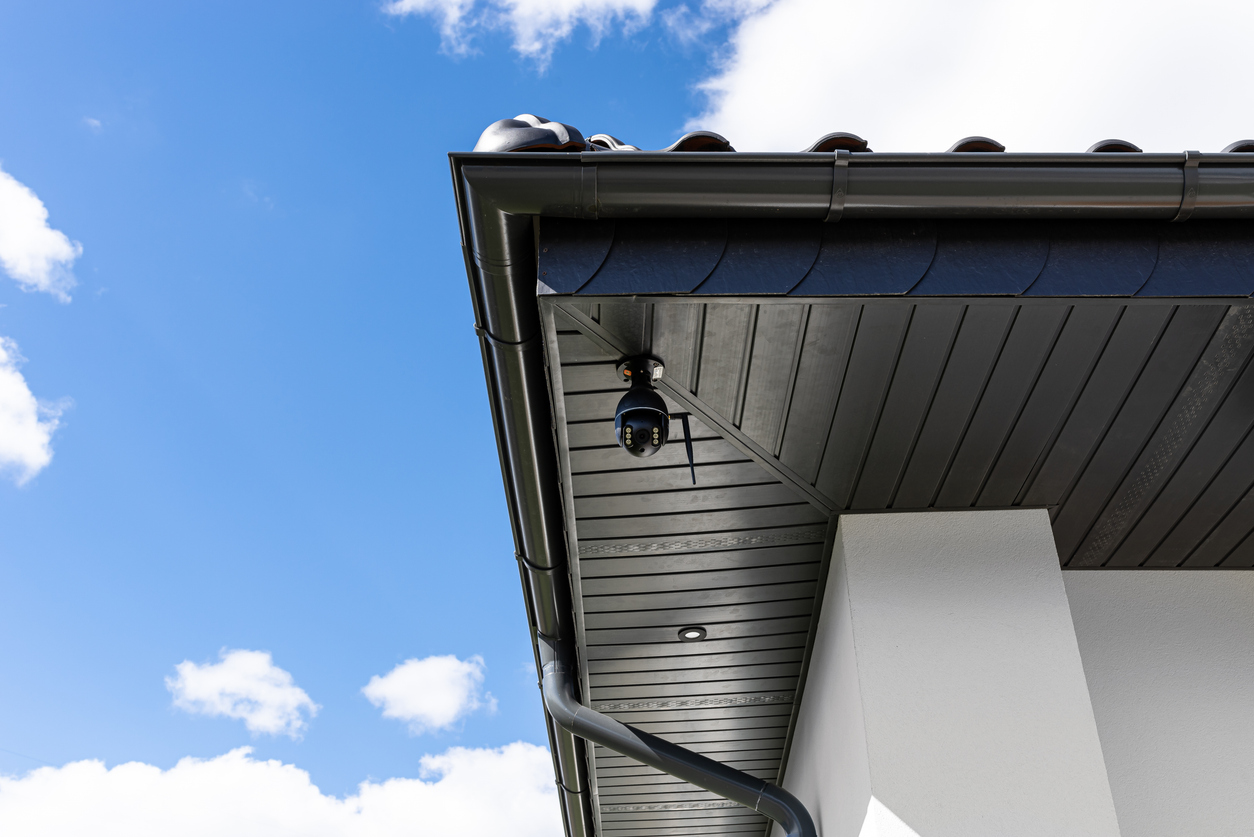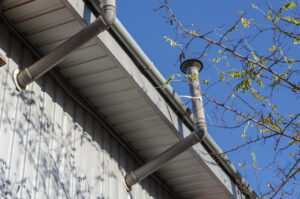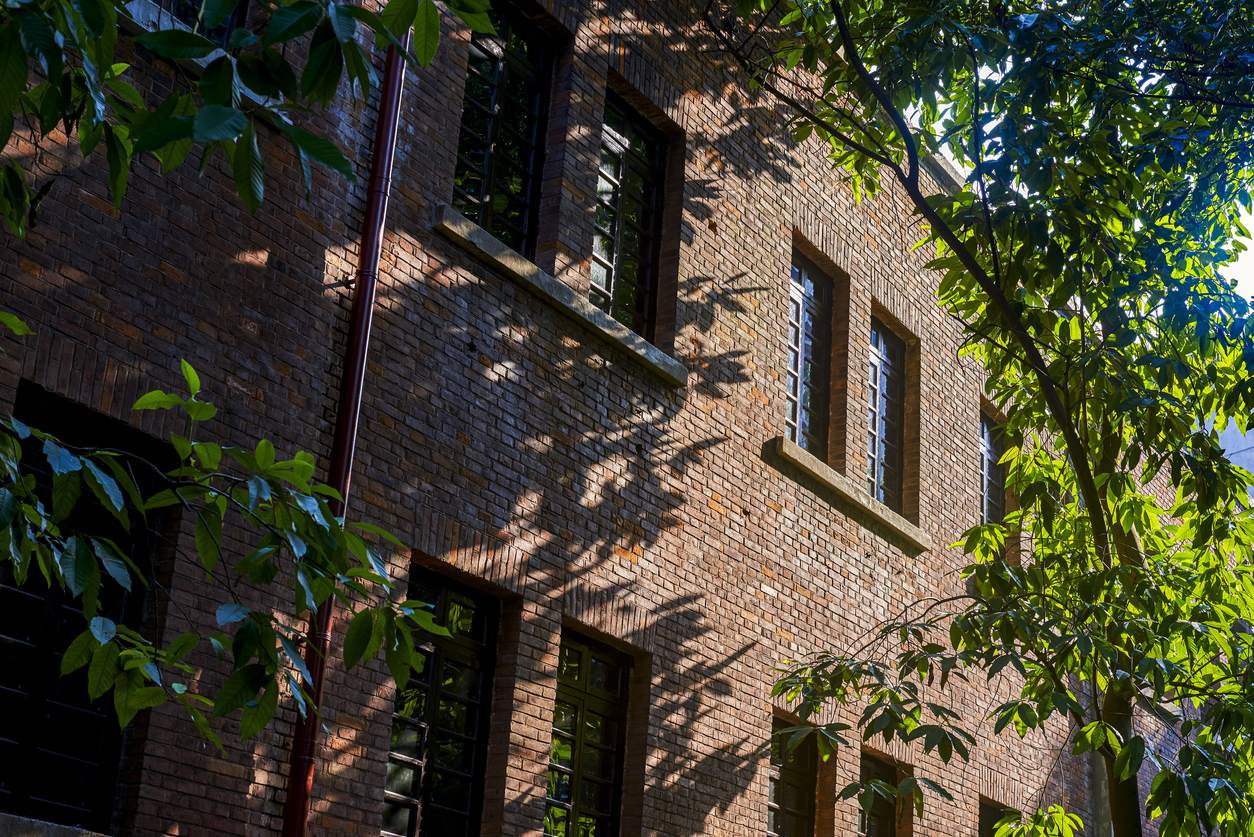As the leaves begin to turn and autumn’s chill settles in, is your commercial property ready to face the season’s challenges? From falling leaves clogging gutters to potential roof damage, the cooler temperatures and increased rainfall can pose significant risks to your business premises.
In this comprehensive guide, we’ll walk you through essential steps to fortify your property against autumn’s elements, with a special focus on commercial gutter cleaning – a crucial yet often overlooked aspect of building maintenance. Read on to ensure your property remains in prime condition not just for autumn, but well into the harsh winter months ahead.
Commercial Gutter Cleaning
As UK Gutter Maintenance are the experts in commercial gutter cleaning and maintenance, let’s start with your commercial property’s guttering. Over time, dirt and debris accumulates in the gutters and downpipes, leading to blockages. Blocked gutters not only damage the gutter itself but can also cause structural issues and rainwater damage.
This is why a Gutter Maintenance Schedule that is carried out regularly is essential. Regular cleaning and maintenance, such as clearing out the debris left from falling leaves, will also ensure that your guttering remains free from blockages and in optimum condition throughout the season.

Roof Inspection and Maintenance
As we approach the colder, wetter months of autumn and winter, inspecting the roof of your commercial property becomes crucial for maintenance. The last thing you want is a leak that could damage your stock, machinery or other invaluable assets. Loose tiles or boards can also pose a threat to people or other properties.
Fortunately, at UK Gutter Maintenance, we provide comprehensive commercial roofing services alongside our gutter cleaning and maintenance options. This allows you to address these important aspects of gutter maintenance and roof inspections in one efficient and cost-effective solution.
Heating, Ventilation and Air Conditioning Systems (HVAC)
Don’t let the oncoming chill associated with autumn and winter hamper yours or your employees work. As the temperature drops, it is crucial for both comfort and productivity to have a well functioning heating, ventilation and air-conditioning (HVAC) system in place.
Keep your employees warm and focused by scheduling a thorough service to check your filters, calibrate thermostats and adjust supply registers.
Essential Winter Precautions for Water Pipes
To safeguard your water pipes and avoid potential costly disasters, it is crucial to conduct a thorough inspection for leaks and damage on all exterior and exposed pipes.
Equally important is ensuring proper insulation, especially during the winter months. This simple, proactive step will effectively prevent freezing and bursting. By following these precautionary measures, you can protect your pipes and avoid any potentially expensive problems.

Landscaping – Keeping the Outside Out
When it comes to commercial properties, it is crucial to address any landscaping issues that could potentially affect the structure of the buildings, or pose a risk to health and safety. This includes removing trees, branches and shrubs that could be problematic.
It is also important to ensure that fire exits are clear of vegetation, that branches do not hang over the roof, and that there are no loose paving stones or potholes on the premises.
Exterior and Surfaces
As you inspect your roof, gutters and draining, don’t forget to assess the overall exterior of your commercial property. Pay particular attention to any cracks, holes, chips, or signs of structural damage. These vulnerabilities can allow moisture to seep into the building during colder months, potentially leading to significant problems further down the line.
So there you have it, those are the essential factors to keep in mind when preparing your commercial property for autumn and winter.
Of course if you have any questions or need more information about our commercial gutter cleaning or roofing services, please feel free to contact us or call us on 01748 835 454.











 With the
With the 
